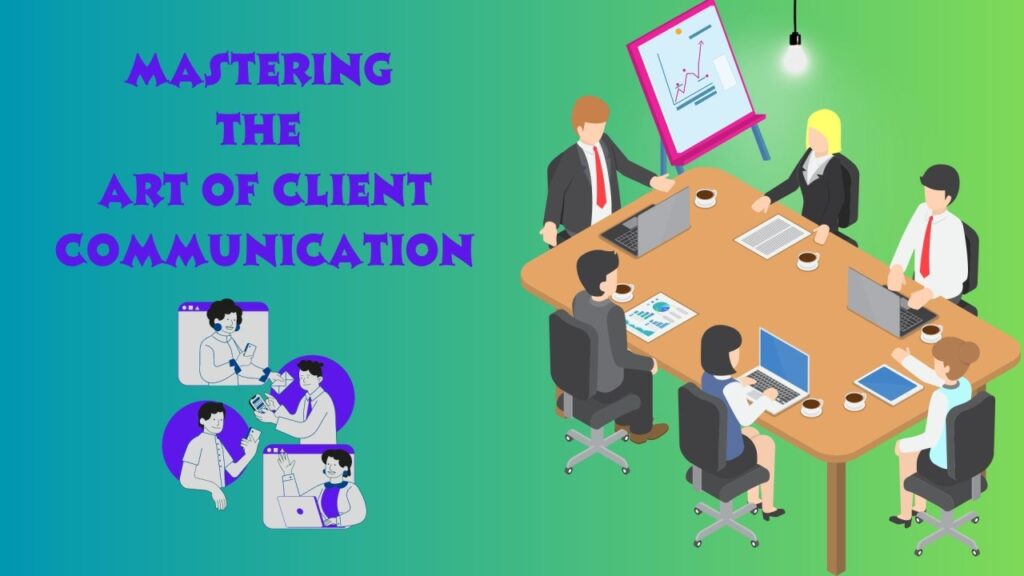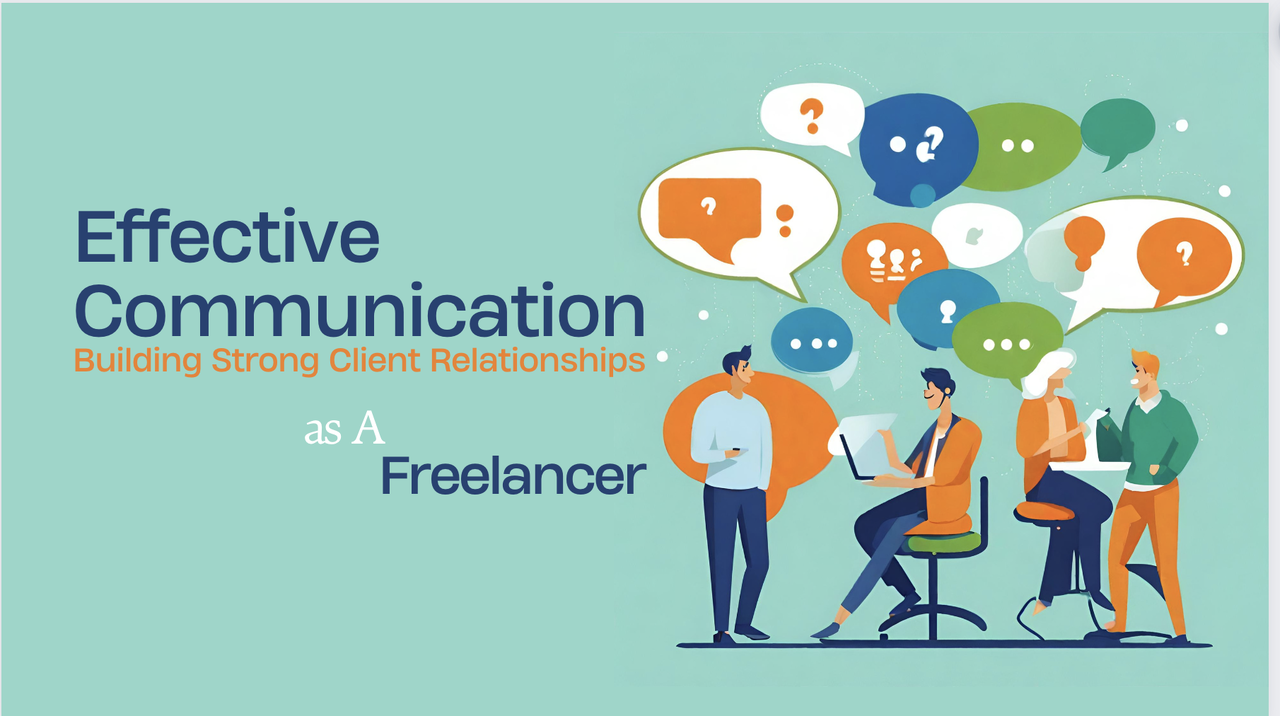
Introduction to Client Dialogue Mastery:
Effective communication with customers is the foundation of successful business relationships. Whether you’re a freelancer, consultant, or business owner, the way you communicate can significantly affect client satisfaction, project results, and your professional reputation. In this detailed guide, we’ll explore the best ways to effectively communicate with clients from initial contact through project completion and beyond.
The Foundations of Effective Client Communication:
1- Understanding Client Expectations:
Set Clear Objectives:
From the beginning, it’s crucial to establish clear goals and expectations with your clients. This includes understanding their needs, goals, and desired outcomes of the project. An open and honest conversation about what is achievable and realistic can prevent misunderstandings later.
Regular Check-Ins:
Constant communication is key to keeping clients informed and engaged. Schedule regular check-ins, whether weekly or bi-weekly, to provide updates and discuss any changes or concerns. This helps build trust and ensures that everyone is on the same page.
2- Active Listening and Empathy:
Listen More Than You Speak:
Active listening involves paying full attention to what the client is saying, understanding their message, and responding thoughtfully. This shows respect and ensures that you fully understand their needs and concerns.
Show Empathy:
Empathy is about understanding and sharing your client’s feelings. It’s important to show empathy in your conversations, especially when discussing challenges or setbacks. This creates coordination and helps in finding mutually agreed solutions.
3- Clear and Concise Communication:
Avoid Jargon:
While you may be familiar with industry-specific terms, your clients may not be. Avoid using jargon or technical language unless necessary, and always be prepared to explain complex concepts in simple terms.
Be Direct and Honest:
Clear and direct communication helps avoid confusion and ensures that everyone understands the project’s status, timelines, and any potential issues. Honesty is important, especially when things don’t go as planned. Transparency builds trust and respect.

Best Practices for Effective Communication Channels:
1- Choosing the Right Communication Channels:
Email:
Email is a standard communication tool for formal updates, sharing documents, and summarizing meetings. Make sure your emails are well-structured, clear and concise with a professional tone.
Video Conferencing:
For more personal interaction, especially when discussing complex or sensitive topics, video conferencing is a great choice. This allows for visual cues and more engaging interactions, helping to build a stronger relationship.
Instant Messaging:
For quick questions or informal updates, instant messaging apps like Slack or WhatsApp can be effective. However, be aware of the client’s preferred communication style and boundaries.
2- Documentation and Record Keeping:
Meeting Summaries:
After each meeting or important conversation, send a summary to the client, highlighting key points discussed, decisions made, and action items. This ensures clarity and provides a point of reference for both parties.
Project Management Tools:
Use project management tools like Asana, Trello, or Monday.com to keep track of tasks, deadlines, and responsibilities. These tools increase transparency and help clients stay informed about project progress.
Navigating Difficult Conversations:
1- Addressing Issues Proactively:
Early Identification:
Identify and resolve potential issues as soon as possible. Whether it’s delays, budget increases, or scope changes, proactive communication helps manage expectations and prevent problems from escalating.
Provide Solutions, Not Just Problems:
When presenting a problem, always be prepared with possible solutions. It shows your commitment to solving the situation and demonstrates your problem-solving skills.
2- Handling Feedback and Criticism:
Stay Open and Receptive:
Getting feedback, whether positive or negative, is an opportunity for growth. Be open and receptive to client feedback, and use it to improve your services and communications.
Respond Professionally:
Always respond to criticism in a professional and constructive manner. Acknowledge the client’s concerns, thank them for their input, and outline the steps you will take to resolve the issues.

Building Long-Term Relationships:
1- Exceeding Client Expectations:
Deliver on Promises:
Delivering high quality work on time and within budget is the foundation of building trust. Consistently meeting or exceeding client expectations will set you apart from the competition.
Add Value:
Look for ways to add value outside the scope of the project. This can be through providing additional insights, resources, or suggestions that benefit the client.
2- Staying Connected Post-Project:
Follow-Up:
After completing a project, follow up with the client to make sure they are satisfied with the results and discuss any future needs. It shows your ongoing commitment to their success.
Nurture the Relationship:
Stay in touch with your clients through regular updates, newsletters, or check-ins. Building a strong relationship can lead to repeat business and referrals.
Conclusion:
Mastering client communication is essential for any business professional. By understanding client expectations, actively listening, choosing the right communication channels, and wisely navigating difficult conversations, you can build strong, long-lasting relationships. Remember, the goal is not just to communicate but to connect, engage and create value for your clients. Whether you’re managing a single project or multiple clients, these best practices will help you communicate effectively and achieve mutual success.



3 thoughts on “Client Dialogue Mastery: Best Practice”